Frank Abagnale: Catch Him if You Can
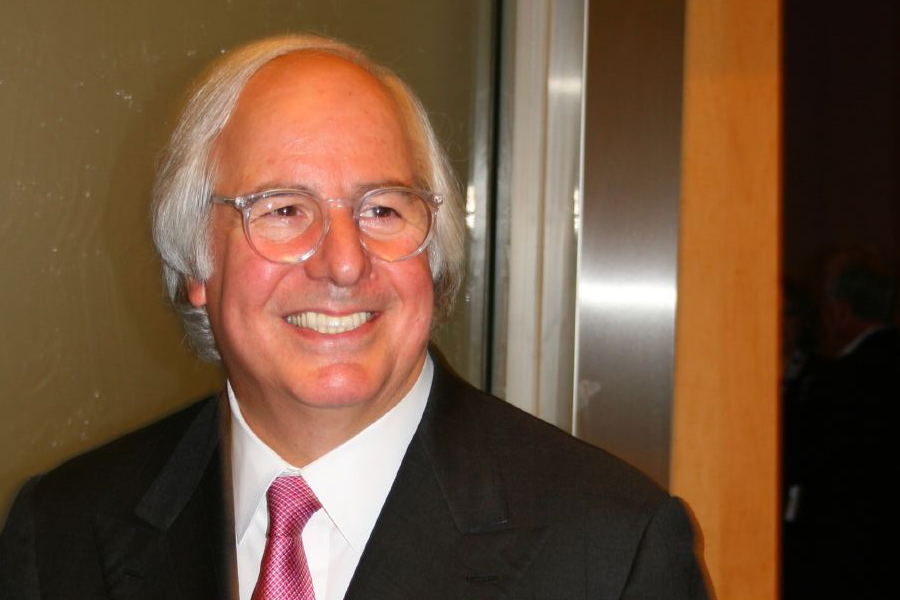
Today he’s one of the most respected authorities on fraud prevention, but Frank Abagnale was the ultimate con man. If you’ve seen Catch Me If You Can, you know what I mean. Although he had a relatively short criminal career before he got caught, he certainly made his time count.
From ages 16 to 21, he posed as an airline pilot, a doctor, a lawyer, and a college professor, while cashing more than $2.5 million worth of fraudulent checks. That takes some nerve. What takes even more nerve was his first con at the age of 15. His father gave him a gasoline credit card and a truck help him get to and from his part-time job. Abagnale bought whatever he could at the gas station and tried to return it for cash. The total bill added up to over $3,400.
Arthur "Artorius" Williams: Counterfeit Entrepreneur

Arthur "Artorius" Williams is best known for printing $10 million worth of the highest quality counterfeits of the $100 bill. Counterfeiting was not his first foray into the criminal world, however. After a peaceful childhood in a middle-class neighborhood, his adolescence was spent in a Chicago housing project after his father abandoned the family. Shortly thereafter, he started committing petty crimes and then to robbing drug dealers, which sent him to jail. After his release, he set on counterfeiting the 1996 New Note, which was the most secure bill issued in the U.S. He and his wife printed bills, then they used supermarkets and dollar stores to trade their fake bills for legal tender.
(photo via Julius Davinci)
For a while, Williams and his wife just traveled around the country, careful to never spend too much of the counterfeit money in one place. Williams was arrested multiple times for counterfeiting, and struggled to give it up. After his most recent prison stint, he finally opted to channel his creativity and drive into a legal pursuit, Julius Davinci Clothing. The products feature imagery found on U.S. currency, a sort of hat tip to his counterfeiting days. The final touch on this redemption story is that he's keeping all design and manufacturing domestic because he's passionate about helping to rebuild the U.S. economy.
Gregor MacGregor: The Fraud Prince
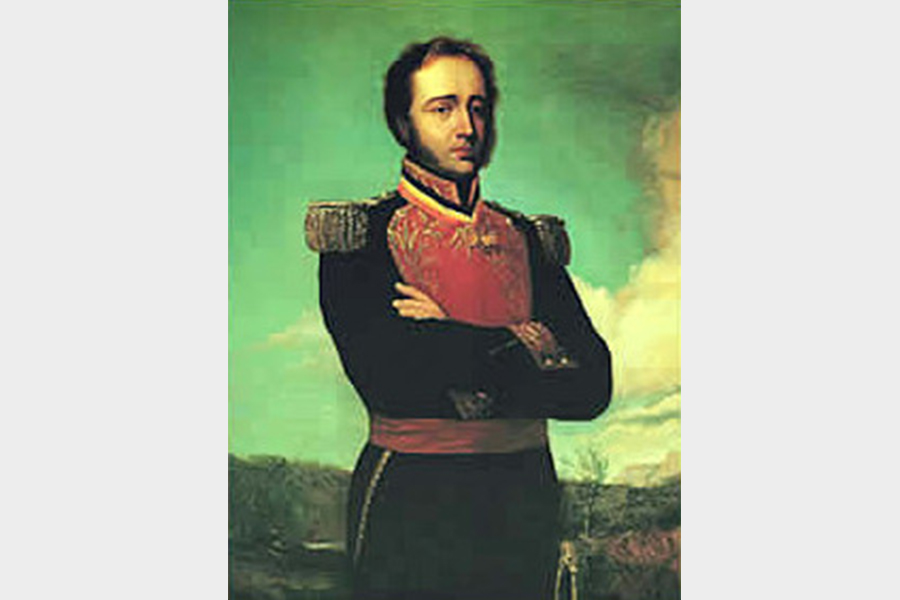
Become the Prince of Fraud in 3 easy steps. Step 1: Make up an island name Poyois. Step 2: Declare yourself the Prince of Poyois. Step 3: Take money from a bunch of would-be settlers. Step 4: Do nothing else.
(photo is public domain)
Gregor MacGregor “colonized” a small nation in what is now known as Honduras. He took money from investors to settle it, but then did nothing else. When the settlers arrived, they found nothing. France went after MacGregor, but he hired a really good lawyer and was acquitted. The scam probably wouldn’t hold up in the 21st century, but it sure worked out well for MacGregor in the 18th.
George Parker: Conning with Cunning and Charm

George Parker’s story, honest-to-God, sounds made-up. He is one of the most audacious con men on this list. He “sold” several landmarks around New York City, including Madison Square Gardens, the Statue of Liberty, and the Brooklyn Bridge. Actually, he “sold” the Brooklyn Bridge at least twice a week.
Complete the picture with an office and stacks of legal-looking paperwork and you know how he ran his scams for years without getting caught. When he did get caught, he was sentenced to life in Sing Sing Prison, but even there he charmed his way around and became a guard favorite.
Victor Lustig: Two-Time Salesman of the Eiffel Tower

The story of Victor Lustig, known at the time as “the Count,” is a classic. He’s best known for successfully "selling" the Eiffel Tower. Twice. In 1925, Paris was struggling to maintain the Eiffel tower—the upkeep alone was a fortune. Lustig took this tidbit and ran with it. He posed as a government official, hosted a meeting with six scrap metal dealers, and then accepted a bid (and a bribe) from a man named Andre Poisson. Who thinks of this stuff?
(photo via Jay Buangan, CC)
Lustig took the cash and fled to Austria and Poisson was too embarrassed to tell the police. When Lustig tried to sell the Eiffel tower a second time, though, the victim went to the police and Lustig barely managed to escape France and evade arrest.
Steven Russell: Con Man and Champion of Love

A felon with a longer-than-life sentence is unlikely to be someone you root for, but Steven Russell says he did it all for love, not to mention, he’s so smart it’s literally scary. His long sentence wasn’t the result of some heinous violent crime. His original sentence was for 10 and a half years for insurance and passport fraud. Then, he tried to escape. Well, actually, he just escaped. Four times. He impersonated professional personnel—like lawyers, doctors, and judges. Each time, he was fleeing to be with a lover. All of those escapes later, his great love affair is immortalized in the film I Love You Phillip Morris. Who do you love so much that you would break out of prison to be with them?
Well, actually, he just escaped. Four times. He impersonated professional personnel—like lawyers, doctors, and judges. Each time, he was fleeing to be with a lover. All of those escapes later, his great love affair is immortalized in the film I Love You Phillip Morris. Who do you love so much that you would break out of prison to be with them?
Christophe Rocancourt: Hustler of the Hamptons

Rocancourt's childhood sounds like a story from a Dicken's novel — his mother was a prostitute and his father was a house painter. After his austere childhood, Rocancourt kept his scams big and his lifestyle large and enjoyed a successful con career. Apparently if you want to get ahead in a hurry in the US, the answer is to pose as a Rockefeller with over one million in ill-gotten gains. He successfully posed as a Rockefeller, a DeLaurentiis, and a Loren. He was eventually apprehended, but not until he married a Playboy Playmate and ran scams from the Hamptons to L.A.
(photo via Rocancourt.com)
His cons all started the same way — he used his assumed name to make and befriend wealthy connections. Then, he'd scam them. Some of the money was just given to him by friends who trusted him, some he stole by accesssing their bank accounts (with tidbits of information his victims would reveal in business conversations). Eventually he tried to con a friend of a friend of the Rockefeller's and the jig was up. Rocancourt certainly didn't go down without a fight. Even after he was arrested, he showed the police a passport with the name Fabien Ortuna and escaped. He was eventually apprehended more than six months after his escape.
John A. Spano, Jr: A Hockey Team and a Hot Check

When you’re broke, you’re broke. Unless you’re John A. Spano, Jr., then when you’re broke, you buy a hockey team. Spano is notorious for buying the New York Islanders in a transaction that essentially amounted to a lot of smooth talk and a hot check.
(photo via Metropolitan Transportation Association, CC)
I don’t know about you, but I think all I’d get out of smooth talk and a bad check is arrested.
Scott Rothstein: Lawyer vs. the Law

Scott W. Rothstein worked as an employment lawyer in Fort Lauderdale, Florida when he started planning his Ponzi scheme. An already successful lawyer, he leveraged his wealth and influence to gain access to charitable organizations, hospitals, and important societal figures. Then, he'd push his wares (which just so happened to be a giant scam). He approached investors offering to sell them legal settlements in exchange for lucrative returns. Then, he'd employ complex strategies to avoid paying out, including document forgery and corrupting local law enforcement.
(photo via Amazon)
Unlike some con men, Rothstein knew he was done. The economic downturn of 2009 put him in a tough financial position, and he knew it was only a matter of time before he was busted. He took a quick vacation to Morocco, then returned to Fort Lauderdale (even though Morocco does not have an extradition treaty) and turned himself over to the authorities. That took no small amount of courage, especially since, as a lawyer, he had a fair idea of the prison sentence that waited for him back home. Once in custody, he was remarkably cooperative and his help led to almost 30 convictions.
Albert Talton: Counterfeiter on a Budget

Paperwork. Photos. Coupons. Those are things most people would print with their home printer. Not Albert Talton. He used Photoshop and an HP printer to kick off a counterfeiting operation with no experience in counterfeiting, printing, or even graphic design.
Reportedly, the first batch of bills wasn't very good, but in the following three years, Talton perfected his craft, but didn't upgrade his set up. He printed approxiamately $7 million worth of Benjamins with run-of-the-mill laser printers. The real kicker? When he ran out of ink, he just ran down to his local Staples where he recycled his old cartridges, bought new ones, and collected rewards points.
Tran Organization: Turned the Tables on Table Games

Everyone loves to hate casinos. They’re a never-ending party, but they also carefully manipulate the odds in favor of the house, guaranteeing a profit for them, but a loss for most patrons. If you’ve ever lost money in a casino, it’s a little satisfying to see
(photo via FBI)
The Tran Organization is responsible for the largest casino scam of all time, to the tune of several million dollars. No one person could have pulled this off on their own, but as a group, they were almost unstoppable. At each casino, Phuong Truong and Van Thru Tran recruited dealers. Then, the dealers would fake their shuffle so the Tran Organization’s two-person team would know which cards were coming up. It was a wildly successful operation until Truong and Tran grew greedy and cheated the dealers out of their share. Another scam brought down by a disgruntled employee. That’s a saying, right?
Alberto Vilar: Pilfering in the Name of Philanthropy

In a way, Alberto Vilar was almost like a modern-day Robin Hood. He stole money from his investors and donated it to various charitable organizations and was, in fact, well-known for his philanthropy. He delighted in sponsoring the arts, particularly classical music, opera and ballet and pledged almost $200 million in donations.
Unfortunately, he also prevented the victims of his fraud from recouping their losses. Their $40 million worth of losses. In the end, his fraud wasn't good for his projects either. His financial troubles meant he only donated half of his originally pledged $100 million.
William "Boss" Tweed: Political Maverick

I hope you’re sitting down to read this because what I’m about to say may shock you: William “Boss” Tweed was a corrupt politician. Can you even imagine such a thing?
Stealing taxpayer money, appointing his cronies to positions of power, rigging the Democratic nominations in New York City--Tweed did all of this and more during his time in power. What makes him so notorious is the scale and blatancy of his crimes--no other American politician has scammed the people at the level Tweed did.
Charles Ponzi: The Godfather of Con Men
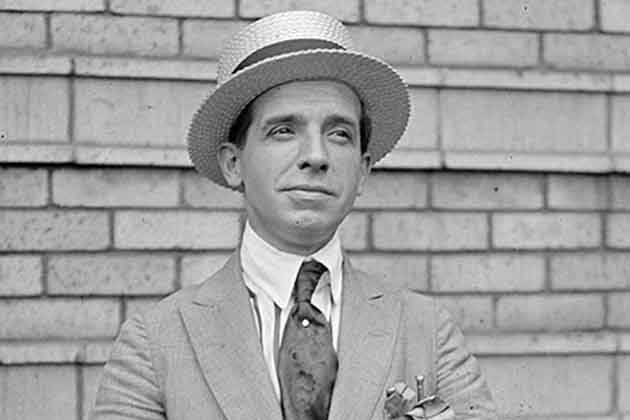
If Charles Ponzi’s last name sounds familiar, there’s a good reason--he was the original creator and namesake of the Ponzi scheme. This is a type of fraud where old debts are paid off by accruing new debts. Basically, the money from a new investor is used to pay the returns owed to another, earlier investor. Simply rinse and repeat until the whole thing falls apart!
In Ponzi’s case, he accomplished this by selling postal coupons. He promised a 100% profit within three months for investors. There was only one small problem--Ponzi wasn’t entirely sure how to turn these coupons into actual cash. But like any self-respecting con man, he just lied about this little discrepancy until he was caught.
Jeanne de Valois-Saint-Remy: The Original Catfish

Catfishing isn’t a modern phenomenon--folks have been impersonating other people for centuries, it seems. Just ask Jeanne de Valois-Saint-Remy.
In an attempt to fund her lavish lifestyle, Jeanne forged letters as Marie Antoinette in the hopes of receiving money from a Cardinal. She even went as far as to send him a prostitute in the dead of night posing as the French Queen herself. The plan didn’t go as expected, but you’ve gotta hand it to her for her audacity.
Cassie Chadwick: Not So Rich and Famous

Pretending to be related to the rich and famous is one of the oldest tricks in the con man book, but nobody pulled it off quite like Cassie Chadwick.
After telling several banks that she was the illegitimate daughter of Andrew Carnegie, she managed to secure $5 million in loans from them. Apparently, they were too scared to double check her story with Mr. Carnegie. Needless to say, she was not good for the money.
William Jones: The Lovable Con Man
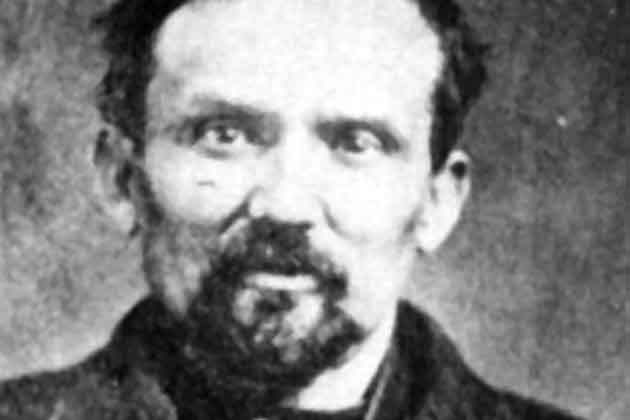
William Jones (aka “Canada Bill”) is quite possibly one of the most charming (and worst) con men of all time.
While it’s true that he did run gambling scams on riverboat casinos, the con artist had his soft side, too. It’s alleged that he would freely donate money to the nuns that he passed on the street. To top it all off, he died a poor man--for he had lost more money than he actually made from his victims.
William Thompson: Just a Straight-Up Player
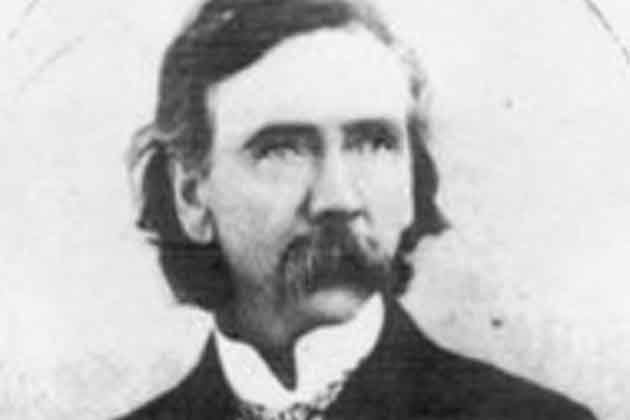
Within the world of scams, a confidence man is a con artist who gains your trust only to rob you blind. However, unlike some, William Thompson stuck strictly to the basics.
While a normal confidence scheme might have a lot of complicated, moving parts, Thompson’s was admirably simple: he would walk up to wealthy people, ask to hold something valuable for a moment, and then walk off with his ill-gotten treasure. It can't get any easier than that!
Ferdinand Waldo Demara: Jack of All Trades
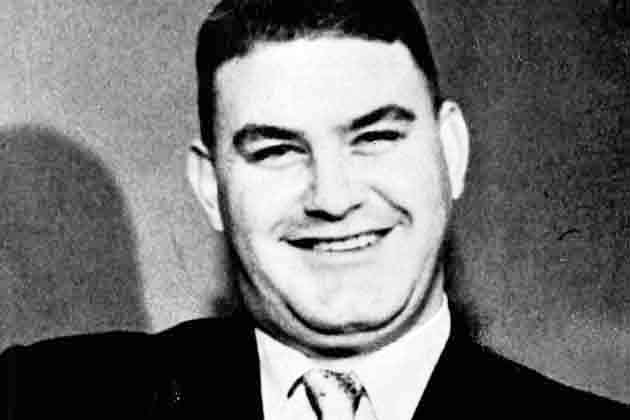
You have to respect a con man who isn’t in it for the money, and that’s exactly the case with Ferdinand Waldo Demara.
Over the course of his life, Demara impersonated an impressive range of professionals--doctors, lawyers, monks, and more! Despite his clear abilities (some employers said he was a model employee), he wasn’t running the scams to get rich. He was doing them to get famous--which is more than a little sad.
Natwarlal: The Great Escape Artist

Before he became a con man, the legendary Natwarlal was a lawyer. I’m sure the two professions were completely unrelated. However, he left a life of jurisprudence to become one of the most infamous con men in all of India--he was a master of disguises and allegedly “sold” both the Taj Mahal and Indian Parliament to multiple rubes.
What truly makes him amazing is what happened after he was caught. Despite being imprisoned multiple times, Natwarlal managed to escape every time. He was last seen at age 84 being transported between a hospital and prison--despite his old age and being wheelchair bound, he still managed to escape his captors.
 Author
Meleah Bowles
Last Updated: July 09, 2020
Author
Meleah Bowles
Last Updated: July 09, 2020

